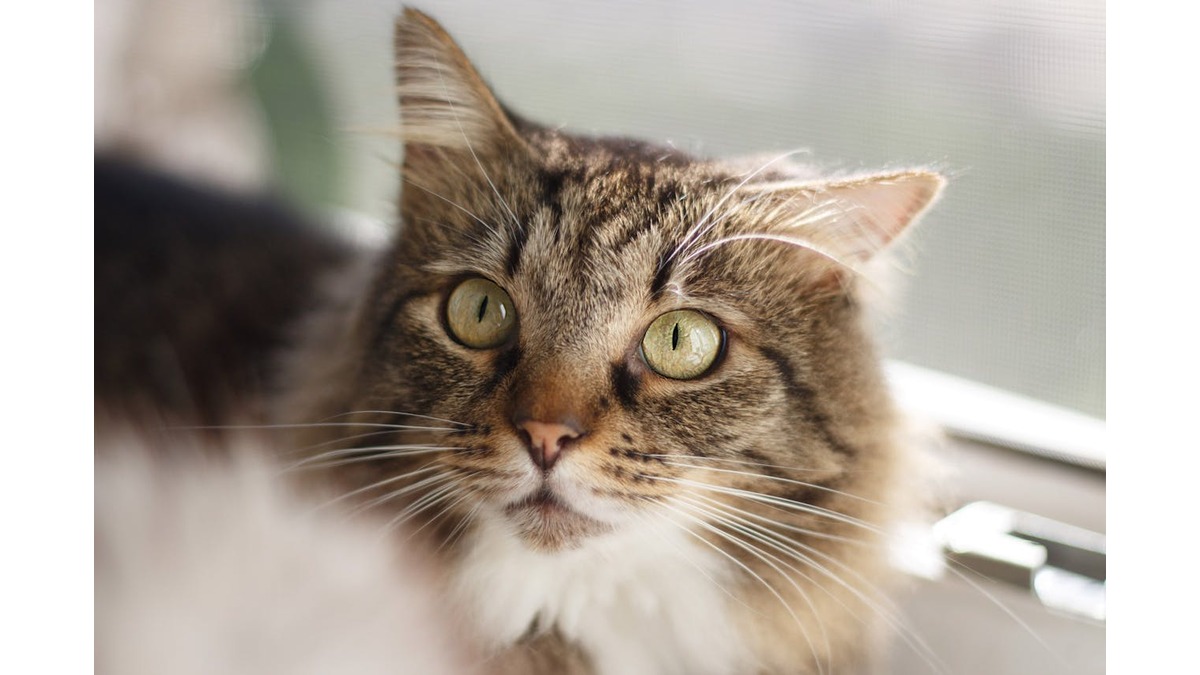Introduction
In today’s digital age, the online presence of animal rescue organizations plays a pivotal role in connecting potential adopters with animals in need. One such type of organization that has garnered significant attention and affection is the cat rescue. These dedicated sanctuaries offer a second chance to cats of all shapes, sizes, and backgrounds, providing them with the care and love they deserve. This article takes an in-depth look at the stereotypical cat rescue site, exploring its features, the stories it tells, and the vital role it plays in the community.
A Warm Welcome: The Homepage
The homepage of a typical cat rescue site often sets the tone for the entire online experience. It is a place of warmth, welcoming visitors with images of adorable cats that are either up for adoption or success stories of those who have found loving homes. The use of high-quality images is crucial; it captures the hearts of visitors and encourages them to explore further.
Meet the Cats: The Adoption Gallery
One of the most engaging sections of a cat rescue site is the adoption gallery. This page showcases the cats currently available for adoption, complete with their photos, names, and unique personalities. Each cat profile typically includes details like age, breed, health status, and a brief narrative about their background.
The profiles are often written in a warm, personable tone, making the cats more relatable to potential adopters. For example, “Bella is a sweet tabby with a love for sunbathing. She’s looking for a quiet home where she can be the queen of the castle.”
Success Stories: Celebrating Happy Endings
Success stories are a powerful feature of cat rescue sites. These narratives recount the journey of rescued cats from uncertain beginnings to finding their forever homes. They often include before-and-after photos, showcasing the transformative power of love and care.
These stories serve multiple purposes: they inspire potential adopters, provide a sense of hope, and build trust in the rescue organization. They also encourage visitors to share these heartwarming tales on social media, further spreading the word about the rescue’s mission.
The Adoption Process: Making it Clear and Compassionate
A crucial aspect of any cat rescue site is the adoption process page. This section outlines the steps involved in adopting a cat, including filling out an application, meeting the cat, and finalizing the adoption. The process should be described clearly and compassionately, ensuring that potential adopters feel supported and informed.
Many rescue sites also include information about the costs associated with adoption, such as adoption fees, and what these fees cover (e.g., vaccinations, spaying/neutering, microchipping). This transparency helps build trust and ensures that adopters are prepared for the responsibilities of pet ownership.
How to Help: Donations and Volunteering
Most cat rescue sites have a dedicated section on how visitors can support their mission. This typically includes options for donating, volunteering, or sponsoring a cat. The donations page often highlights how contributions are used, such as funding medical care, providing food, or maintaining shelter facilities.
The volunteering section might list opportunities for fostering cats, helping with events, or assisting with administrative tasks. Many rescues also offer a sponsorship program, allowing people to support a specific cat’s care financially.
Educational Resources: Promoting Responsible Cat Ownership
Education is a key component of many cat rescue sites. They often feature articles or blog posts on various topics related to cat care, such as nutrition, behavior, and health. These resources aim to educate current and potential cat owners, helping them provide the best care possible for their pets.
The educational content not only benefits cat owners but also positions the rescue as an authority on cat welfare. This can enhance the site’s credibility and encourage more people to consider adopting rather than purchasing cats.
Community Engagement: Events and Social Media
Community engagement is a vital aspect of a successful cat rescue. Many sites include information about upcoming events, such as adoption fairs, fundraising events, and community outreach programs. These events provide opportunities for people to meet adoptable cats and learn more about the rescue’s work.
Social media integration is also crucial. Many rescues use platforms like Facebook, Instagram, and Twitter to share updates, adoption success stories, and engage with their community. Social media not only helps increase visibility but also fosters a sense of community among supporters.
Conclusion:
The stereotypical cat rescue site is more than just a digital space; it’s a lifeline for countless cats and a beacon of hope for animal lovers. These sites play a critical role in facilitating adoptions, educating the public, and building a compassionate community.
